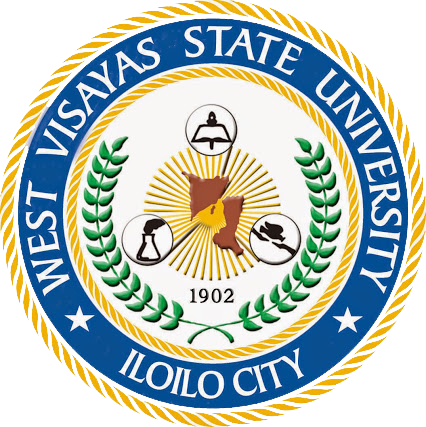Governance communication: A primer (In the context of disaster risk reduction and management)
| dc.contributor.author | Becodo, Ricky P. | |
| dc.date.accessioned | 2024-05-20T05:18:31Z | |
| dc.date.available | 2024-05-20T05:18:31Z | |
| dc.date.issued | 2017 | |
| dc.identifier.citation | Becodo R. P. (2017). Governance communication: A primer (In the context of disaster risk reduction and management) | en |
| dc.identifier.isbn | 978-1-365-97510-3 | |
| dc.identifier.uri | https://hdl.handle.net/20.500.14353/441 | |
| dc.description | TABLE OF CONTENTS Introduction Communication and Governance Government Communication Governance Communication Components of Governance Communication System - Government policies supporting the provision of communication services - Government institutions providing communication services - Communication human resources or personnel - Communication infrastructures/media to support communication services - Coordination mechanism for governance communication - Public sphere/platform for public dialogues Annex | en |
| dc.description.abstract | (EXCERPT) Governing is comparable to a situation where a family head talks and listens regularly to each of his/her family members’ concerns and interests. As with the head of the family, the government’s focus on its people’s welfare encompasses a multitude of concerns – health, food security, education, employment, peace and order, and disaster risk reduction and management (DRRM), to name a few. DRRM has been a vital concern in recent years due to worldwide climate change conditions that have been wreaking havoc in the country and unduly affecting all aspects of people’s lives. In implementing the policies, programs, and projects, communication is seen as one of the fundamental and crucial factors in the process of governing and in achieving the government’s development-oriented objectives. Basically, this primer on governance communication is essential in understanding governance communication (govcomm) and its components (policy, institutions, personnel, media, communication mechanisms, and public sphere). This is important among government officials and stakeholders because it will serve as guide in studying their govcomm that will lead policy makers, and all the participants in the process, in formulating policies and ordinances related to governance and communication. | en |
| dc.description.sponsorship | Disclaimer "The views expressed in this paper are entirely and solely those of the author and do not necessarily reflect official thinking and policy of the Republic of the Philippines or any Local Government Unit in the Country." | en |
| dc.format.extent | ii, 41p. | en |
| dc.language.iso | en | en |
| dc.publisher | Ricky Palma Becodo | en |
| dc.subject | Communication | en |
| dc.subject | Governance | en |
| dc.subject | Government communication | en |
| dc.subject | Governance communication | en |
| dc.subject | Disaster risk reduction and management | en |
| dc.subject | DRRM | en |
| dc.subject | Primer | en |
| dc.subject | Govcomm | en |
| dc.subject | Local government unit | en |
| dc.subject | LGU | en |
| dc.subject.lcsh | Government communication systems | en |
| dc.subject.lcsh | Government communication systems--Study and teaching | en |
| dc.subject.lcsh | Communication policy | en |
| dc.subject.lcsh | Emergency management | en |
| dc.subject.lcsh | Disasters--Government policy | en |
| dc.subject.lcsh | Public sphere | en |
| dc.subject.lcsh | Communication in human services | en |
| dc.subject.lcsh | communication services | en |
| dc.title | Governance communication: A primer (In the context of disaster risk reduction and management) | en |
| dc.type | Book | en |
| dcterms.accessRights | Limited public access | en |
| dc.subject.sdg | SDG 11 - Sustainable cities and communities | en |
Files in this item
This item appears in the following Collection(s)
-
Books and Book Chapters [5]
Books and Book Chapters published externally, written by WVSU faculty members, staff, and students






